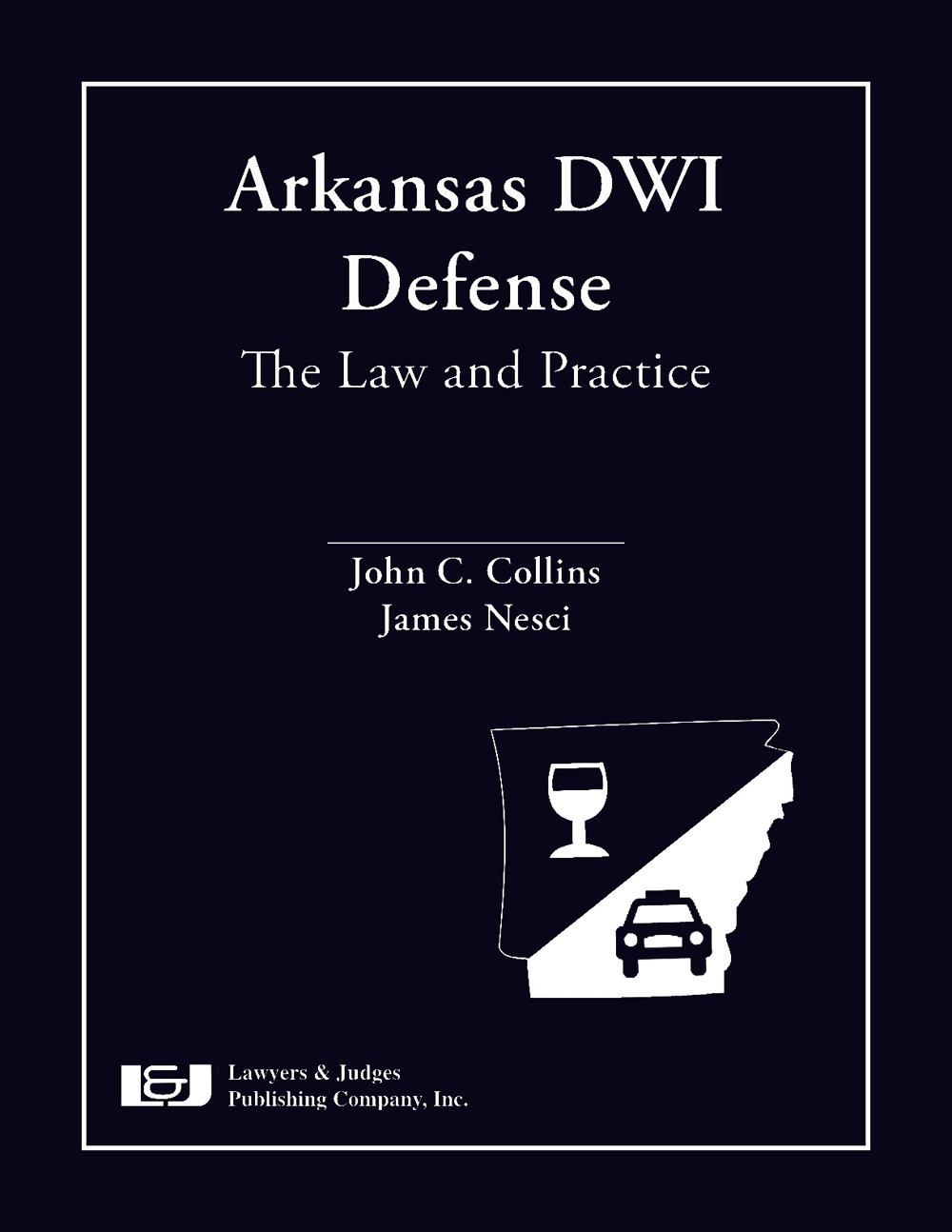WHAT IS A DRUG?
There are two definitions of the word drug that we typically work with. The definition under Arkansas law is: “Controlled substance means a drug, substance, or immediate precursor in Schedules I through VI. The fact that any person charged with a violation of this act is or has been entitled to use that drug or controlled substance under the laws of this state shall not constitute a defense against any charge of violating this act.”
The definition of a drug in DRE protocol is: “Any substance, which when taken into the human body, can impair the ability of the person to operate a vehicle safely.” Please keep in mind that this is an extremely broad definition.
CONTACT US
WHAT IS A DRUG RECOGNITION EXPERT?
A Drug Recognition Expert (DRE) is a title given to police officers who have received specialized training. This training has an emphasis on recognizing when people have drugs (both prescription and legal) in their system. DREs then testify in cases involving drugs and DWIs.
WHAT TRAINING DO DREs RECEIVE?
- Preliminary Training
- Main Drug Recognition Expert Training
- DRE Certification Training
WHAT IS THE DRE PROTOCOL?
- Step 1: The police officer must first check to see if the person arrested has a blood alcohol concentration of .08% or higher by administering a breath test. If the person is .08% or higher, the exam stops, and the person is arrested for DWI Alcohol. If the person registers below the legal limit the officers keep looking.
- Step 2: The second step is to interview the arresting officer. This sounds much more formal than the reality of it. It generally consists of the DRE asking the arresting police officer what happened and why he/she was called to do an evaluation. It would often relate to whether the person admitted drug use, whether drugs were found in the car, whether there was paraphernalia, etc.
- Step 3: The preliminary examination is the officer asking several “qualifying” questions about when they last went to the doctor, what medications they take, what medical conditions they have, and other questions that may lead the DRE to determine that there should be a medical rule out.
- Step 4: This step is where DREs examine the arrested person’s eyes by conducting the horizontal gaze nystagmus, and vertical gaze nystagmus, and check for a lack of convergence.
- Step 5: Officers have the arrested person perform the divided attention tests. These are the traditional tests but with the addition of the finger to nose and Rhomberg (a test where the person closes their eyes and tilts their head back) tests.
- Step 6: The DRE would then check the arrested person’s vitals by recording the person’s BP, heart rate, and body temperature. The heart rate should be checked a total of three times at different intervals.
- Step 7: The DRE must also do a darkroom examination of pupil size in various lighting conditions. This step also includes an examination of the nasal and oral cavities.
- Step 8: Next is a check of the arrested person’s muscle tone. The DRE will list the muscle tone as rigid, flaccid, or near normal. Note there is no category for normal. This test is very subjective in that there are no standards to determine rigidity vs flaccidity.
- Step 9: The DRE must check for injection sites. The DRE is looking for fresh puncture marks and scarring from previous drug use.
- Step 10: This step is crucial in that it requires the officer to ask the person what they are impaired by. These statements are often the most damning because the person is giving up their right to remain silent, often simply admitting the medication they are prescribed and not at all intending to admit they are impaired by that medication.
- Step 11: The DRE then takes all the information they have received, and forms an opinion. The police officer will name the drug category they believe the person is impaired by or will determine the person is not impaired by a drug.
- Step 12: The final step is to do a urine or blood test to confirm that drugs are in the arrested person’s system. The presence of drugs does not mean the person is impaired by the drug. Each drug has its own half-life and can show up for hours or days after the effects of the drug have dissipated. For example, marijuana can stay in the urine for up to 45 days.
WHAT TOOLS ARE USED IN A DRE EVALUATION?
- Pupillometer
- Sphygmomanometer (Blood pressure cuff)
- Stethoscope
- Thermometer: oral or digital, with disposable covers
- Penlight: low power, medical-style
- Magnifying light: generally five to ten magnification power
- Pen or Pencil: used to conduct eye examinations.
- Evidence containers: for blood or urine
- Protective gloves
WHAT TOOLS ARE USED IN A DRE EVALUATION?
According to the National Highway Traffic Safety Administration, when a DRE claimed drugs were present, they were almost always in the blood 94% of the time. However, percentages in the Police Officers Training Manual are more revealing. Take a look for yourself below:
- PCP: 92%
- Narcotic Analgesics: 85%
- Cannabis: 78%
- Depressants: 50%
- CNS Stimulants: 33%

